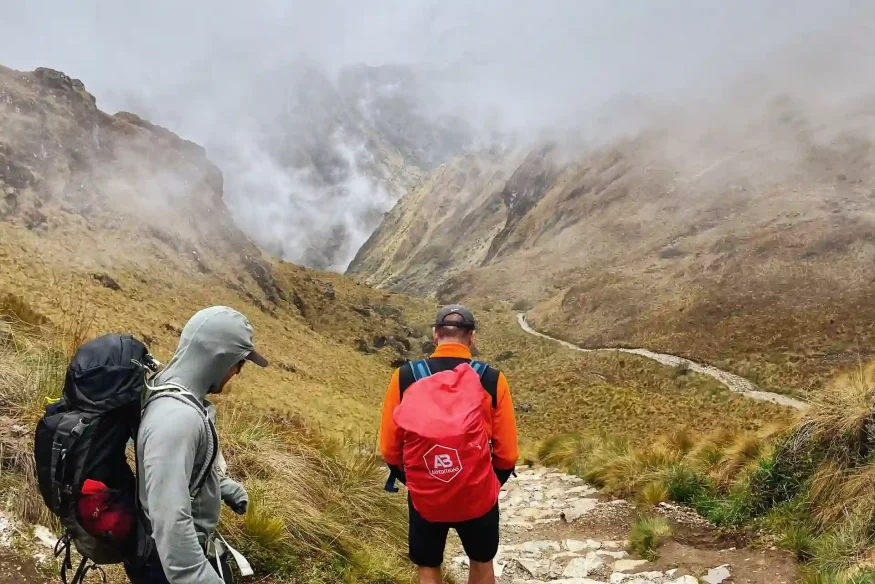How hard is the Inca Trail?

Maintain proper hydration and nutrition.
Drink plenty of water. Then drink some more. Also, bring hydrated salt sachets just in case. You’ll sweat while walking, and you’ll need to replenish those losses. Also, staying hydrated is an excellent method to lower your risk of altitude sickness.
The altitude sickness
While hiking, the most important thing to remember is to avoid altitude sickness. Because you are going to trek in the Andes Mountains, you must trek at a high altitude. When you trek around 4,215 evolution, your oxygen level will rapidly drop. As previously stated, proper hydration and nutrition are essential.
Preparation for the Inca Trail
The Inca Trail to Machu Picchu is difficult because to the terrain’s altitude variations, steep slopes, steep roads, infinite stairs, and so on.
A proper preparation requires a healthy diet (no fat or alcoholic drinks), physical exercise such as walks and ‘running’ (ideally with stair ascents), and, most importantly, previous training in a high-altitude city such as Cusco.
The Inca Trail has portions that range in elevation from 4,200 to 2,430 meters above sea level. Cusco, the route’s beginning point, is located 3,399 meters above sea level. As a result, it is suggested that you spend at least two days in Cusco before beginning the Inca Trail. As a result, the body adapts better to the steep terrain.
The random Weather
The Inca Trail follows the Andes Mountains, which are recognized for their moderate environment. However, weather may change quickly along this high altitude path, and trekking the Inca path necessitates being prepared for all weather eventualities.
Sunscreen and a hat are vital during the midday sun, but the temperature can quickly drop in the evening, so carry a jacket for extra warmth.
The nights may grow cold, so pack a decent sleeping bag. Pack rain gear because it is likely to rain. Waterproof footwear should also be provided because trails might turn muddy on occasion and rain can fall at any time.